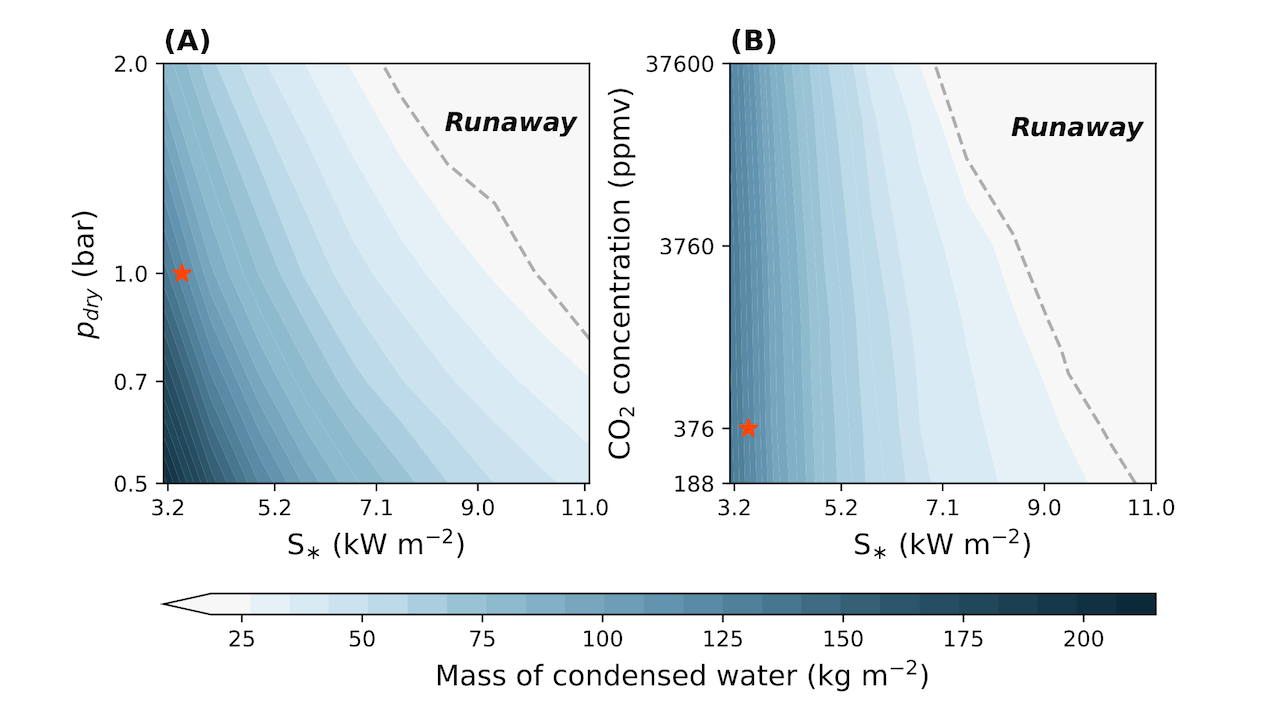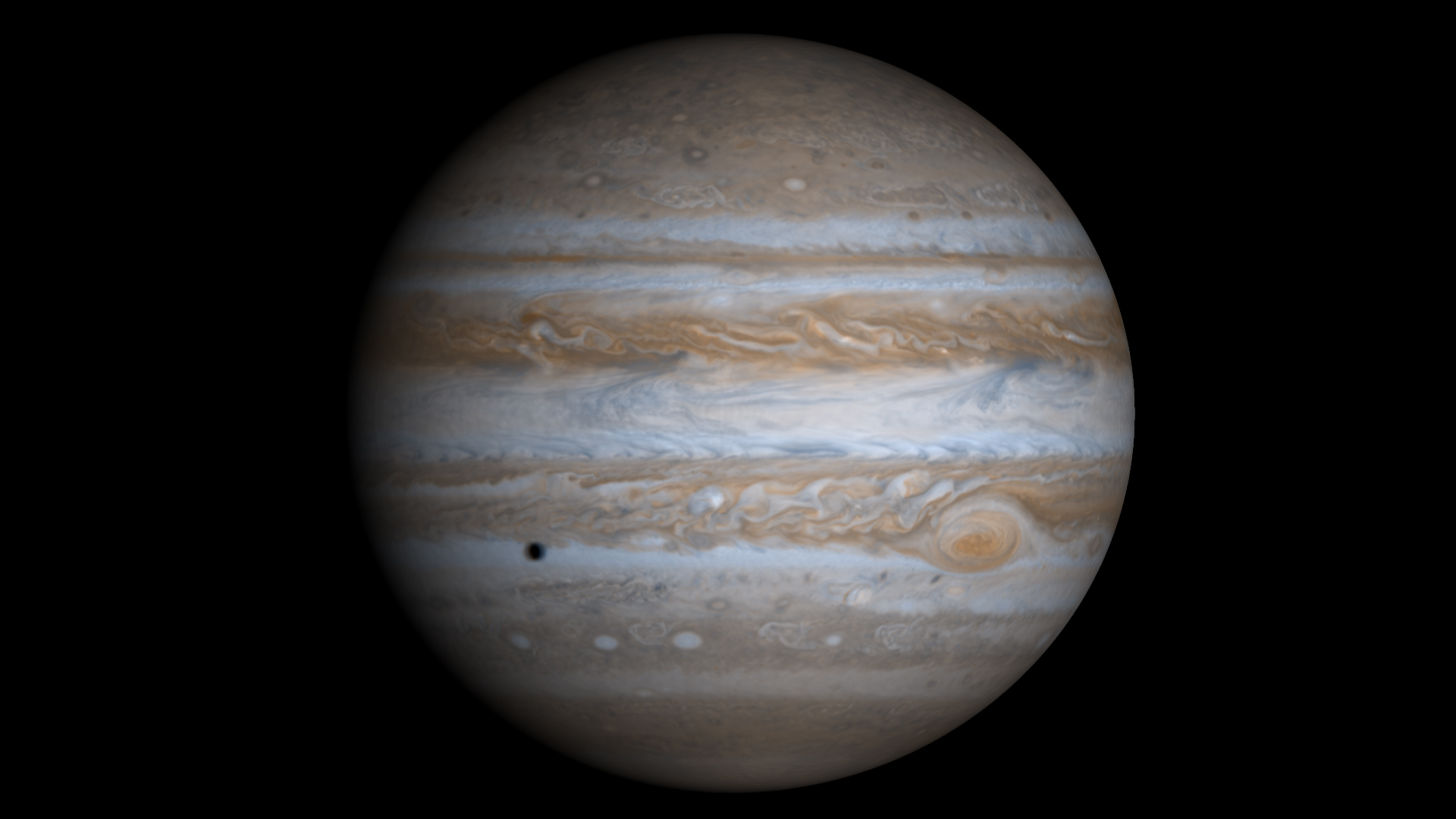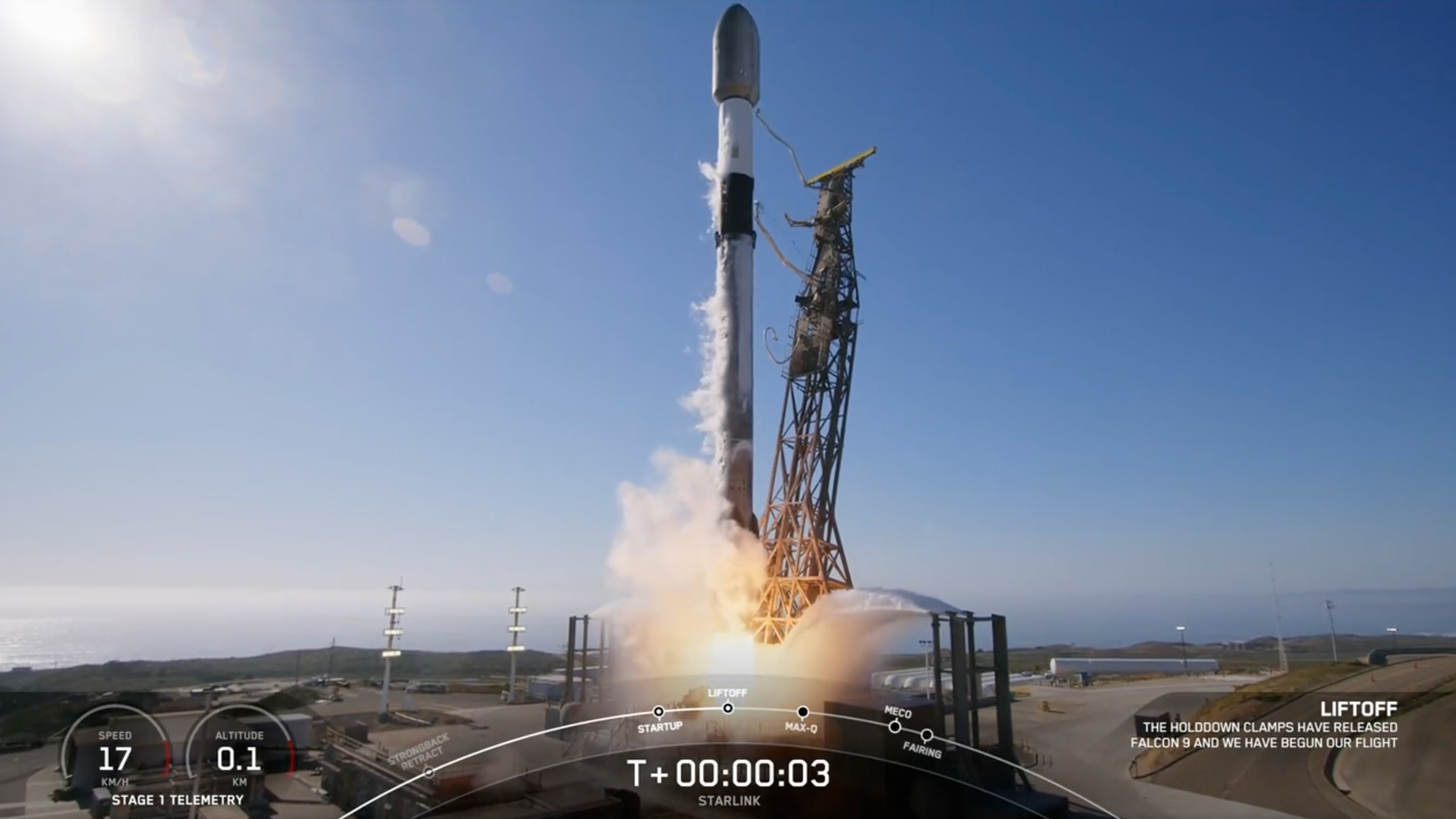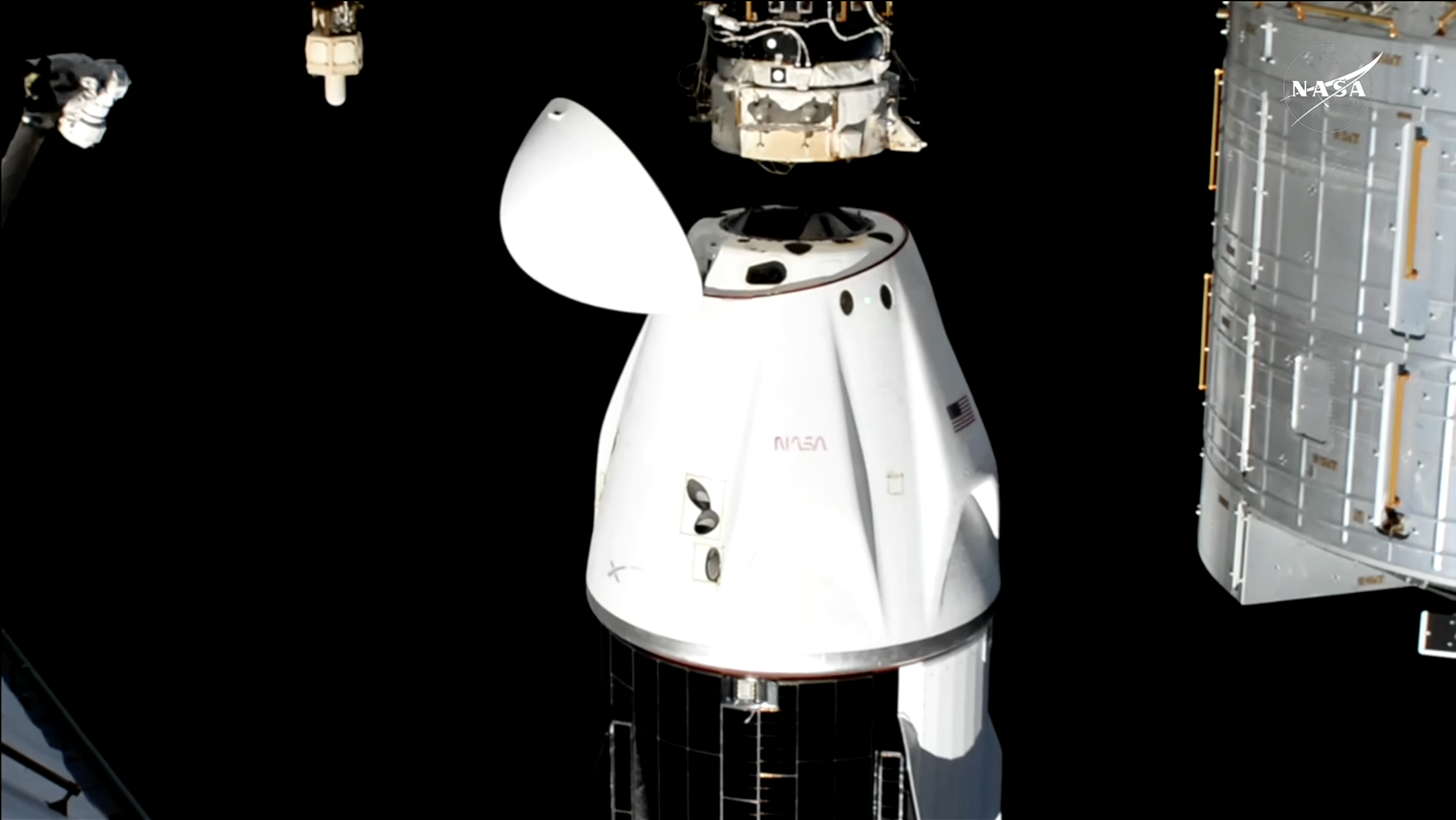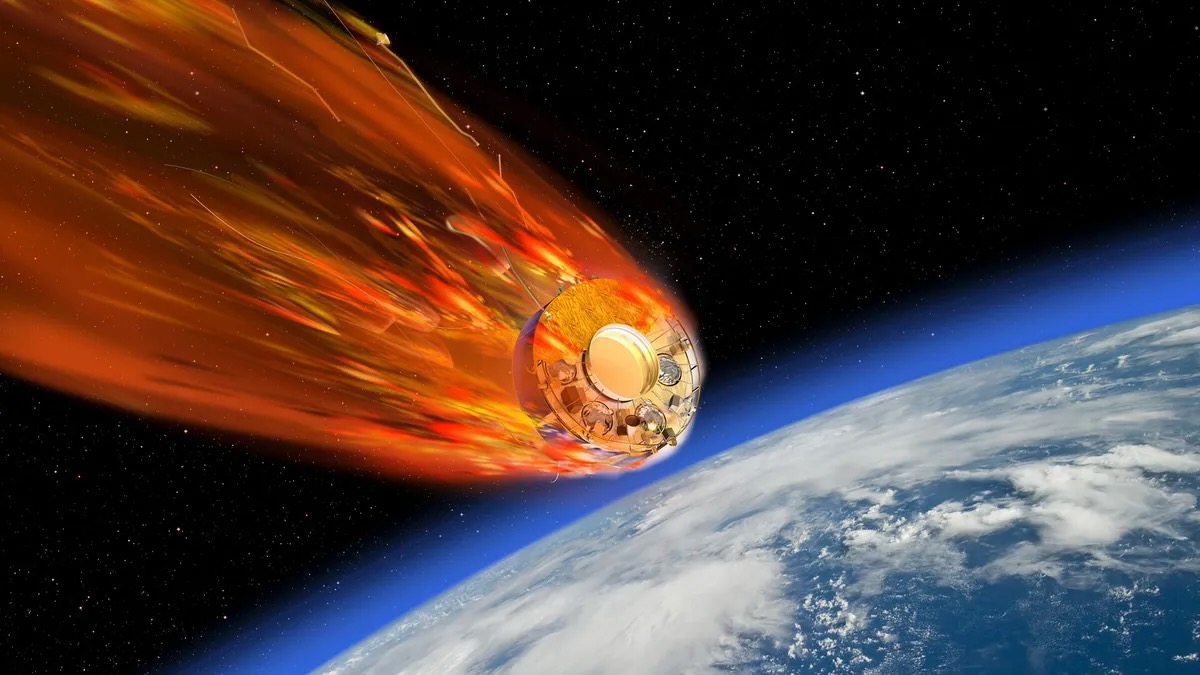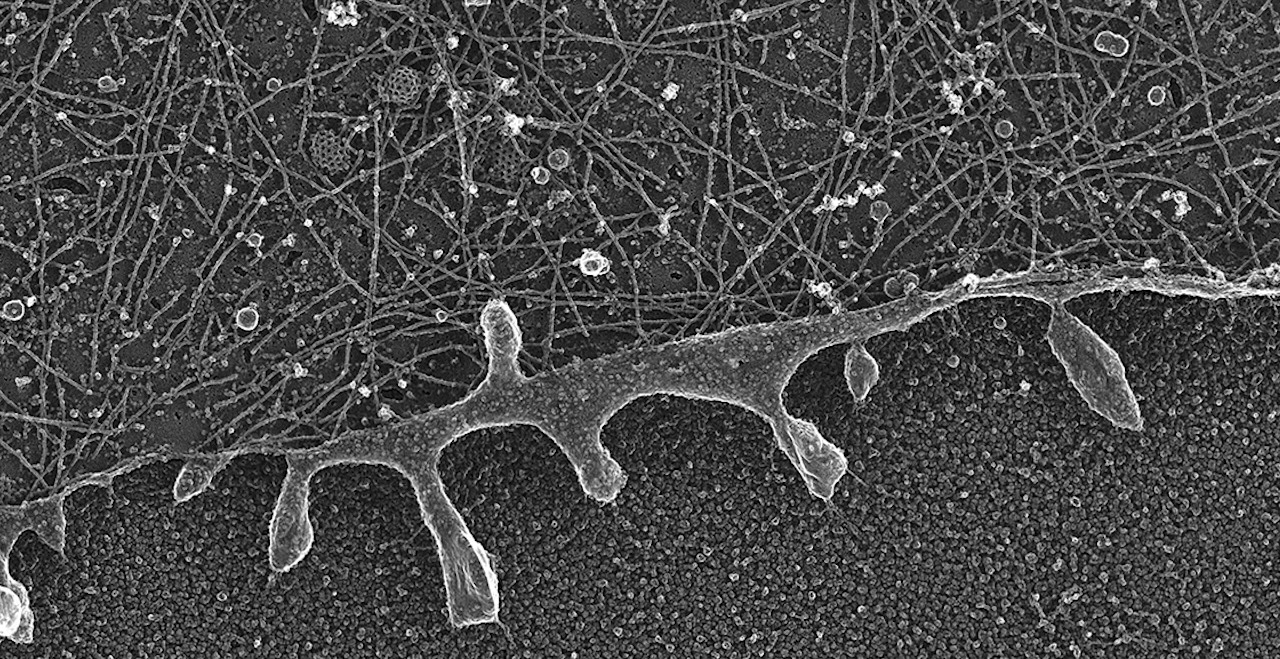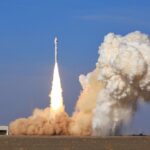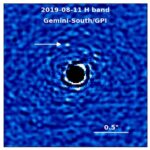Mass of surface water in the collapsed state as a function of the stellar flux S∗ and the background surface pressure pdry (A), and a function of S∗ and the
Hot Posts73- Page
File: A Falcon 9 booster stands ready for the Starlink 12-2 mission at launch complex 39A. Image: Spaceflight Now. SpaceX is preparing to launch another batch of Starlink V2 Mini
Long before it became the giant planet we see today, Jupiter was even bigger and had a much stronger magnetic field, according to a new study that looked back in
Precision Health and Space Crops — NASA NASA’s Science Mission Directorate announces a grant funding opportunity for research emphases on Precision Health and Space Crops. Step 1 proposals are due
SpaceX kicked off a busy weekend with the launch of a batch of Starlink satellites this evening (May 23) from California, the first of up to three potential Starlink launches
This past year has been a remarkable chapter for SpaceX, marked by a series of ambitious flight tests that pushed the boundaries of aerospace innovation. The company’s relentless pursuit of
After an extensive mission lasting over nine months, the crew of the Boeing Crew Flight Test has made remarkable contributions to space exploration. Barry “Butch” Wilmore and Sunita “Suni” Williams,
The world at large is working to stop the fast-progressing degradation of Earth’s environment. In the space sector, however, one-use-only products still reign supreme. The advent of megaconstellations has, in
Platinum replica electron microscope image of the inner membrane of a mammalian cell. Source: Justin Taraska, Ph.D., chief of NHLBI’s molecular and cellular imaging laboratory — NIH.gov We explore a
With the current focus on teetering on the brink of chaos, “Breakdown: A Post-Apocalyptic EMP Survival Series” plunges readers into a harrowing yet exhilarating journey that resonates with our deepest
-
 012024 in Review: Highlights from NASA in Silicon Valley
012024 in Review: Highlights from NASA in Silicon Valley -
 02Panasonic Leica Summilux DG 15mm f/1.7 ASPH review
02Panasonic Leica Summilux DG 15mm f/1.7 ASPH review -
 03From Polymerization-Enabled Folding and Assembly to Chemical Evolution: Key Processes for Emergence of Functional Polymers in the Origin of Life
03From Polymerization-Enabled Folding and Assembly to Chemical Evolution: Key Processes for Emergence of Functional Polymers in the Origin of Life -
 04How New NASA, India Earth Satellite NISAR Will See Earth
04How New NASA, India Earth Satellite NISAR Will See Earth -
 05And Thus Begins A New Year For Life On Earth
05And Thus Begins A New Year For Life On Earth -
 06Astronomy Activation Ambassadors: A New Era
06Astronomy Activation Ambassadors: A New Era -
07SpaceX launch surge helps set new global launch record in 2024


